The last few weeks of the tax year are a good time to review your financial arrangements with your accountant.
Make sure your family and business finances are arranged as efficiently as possible.
We are still in a period where the freeze of many tax rates and thresholds continues to increase the government’s tax take, but there are still many useful ways to arrange your affairs tax efficiently.
Upcoming changes
– the further reduction to the capital gains tax annual exempt amount
– a further cut in Dividend Allowance
– the introduction of basis period reform for unincorporated businesses
Tax rates and allowances
Income tax rates and bands for 2023/24 are determined by which part of the UK you live in, and what type of income you have. Taxable income is income in excess of the personal allowance.
Rates and bands: English, Welsh and Northern Irish taxpayers 2023/24
Taxable income Non-savings & savings income Dividend rate
£0 to £37,700 20% 8.75%
£37,701 to £125,140 40% 33.75%
Above £125,140 45% 39.35%
______________________________________________________________
Rates and bands: Scottish taxpayers 2023/24
Taxable (non-savings) income Band Rate
£0 to £2,162 Starter 19%
£2,163 to £13,118 Basic 20%
£13,119 to £31,092 Intermediate 21%
£31,093 to £125,140 Higher 42%
Over £125,140 Top 47%
______________________________________________________________
Things to note:
> Scottish taxpayers continue to pay tax on their savings and dividend income using the UK rates and bands.
> Looking to the future, the position is set to become increasingly different for Scottish taxpayers, as underlined by the Scottish Budget proposals for 2024/25. If passed, these increase the Starter and Basic rate tax thresholds for those entitled to the standard personal allowance, so that they become £14,876 and £26,561 respectively. The Starter, Basic, Intermediate and Higher rates are to remain unchanged, as are the Higher rate threshold and Top rate threshold.
> From 6 April 2024 there will be a new 45% Advanced rate of tax, applying to income over £75,000 and bringing the total of Scottish income tax bands to six. Finally, the Top rate of tax increases to 48% for income over £125,140.
The personal allowance
Everyone is entitled to a basic personal allowance before any income tax is paid. This means that many people pay no income tax on the first £12,570 of income received. The personal allowance can be higher if you are eligible for the Blind Person’s Allowance. It is reduced for those with higher levels of income.
Where an individual’s adjusted net income is more than £100,000, the personal allowance is reduced. It falls by £1 for every £2 of income above that limit, and by the time income reaches £125,140 or more, all personal allowance is lost. Planning can delay the point at which this happens, or in some cases, mean the allowance is kept in its entirety.
If you are in the £100,000 to £125,140 income bracket, additional pension contributions or payments under Gift Aid, can help preserve the personal allowance.
Savings and dividend allowances
Savings allowance You may be entitled to the Savings Allowance, with savings income within the allowance taxed at 0%. The amount of the allowance depends on your marginal rate of tax: that is the highest rate of tax to which you are subject.
> Basic rate taxpayers have a Savings Allowance of £1,000
> Higher rate taxpayers have a Savings Allowance of £500
> Additional rate taxpayers do not receive the Savings Allowance.
Some taxpayers may also be entitled to the starting rate for savings. This taxes £5,000 of interest income at 0%. This rate is not available if non-savings income is more than £5,000.
Dividend Allowance This is available to all taxpayers, regardless of their marginal tax rate. It charges the first £1,000 of dividends to tax at 0%.
> Dividend Allowance is more generous before April 2024
> The Dividend Allowance falls to £500 from 6 April 2024, but until then, it is £1,000.
> Dividend payment before 6 April 2024 gives access to the higher limit for 2023/24.
Notes
Savings and dividends received above these allowances are taxed at the rates shown in the table above. Savings and dividends within the Savings Allowance or Dividend Allowance still count towards an individual’s basic or higher rate band. They may thus impact the rate of tax payable on income in excess of the allowances.
There’s still time to plan, and make the most of allowances, ahead of your new tax return being issued after the 5 April 2024.
As your accountants, we have the all-round vision of your circumstances that can really make an impact. Contact us to plan the best way possible.
